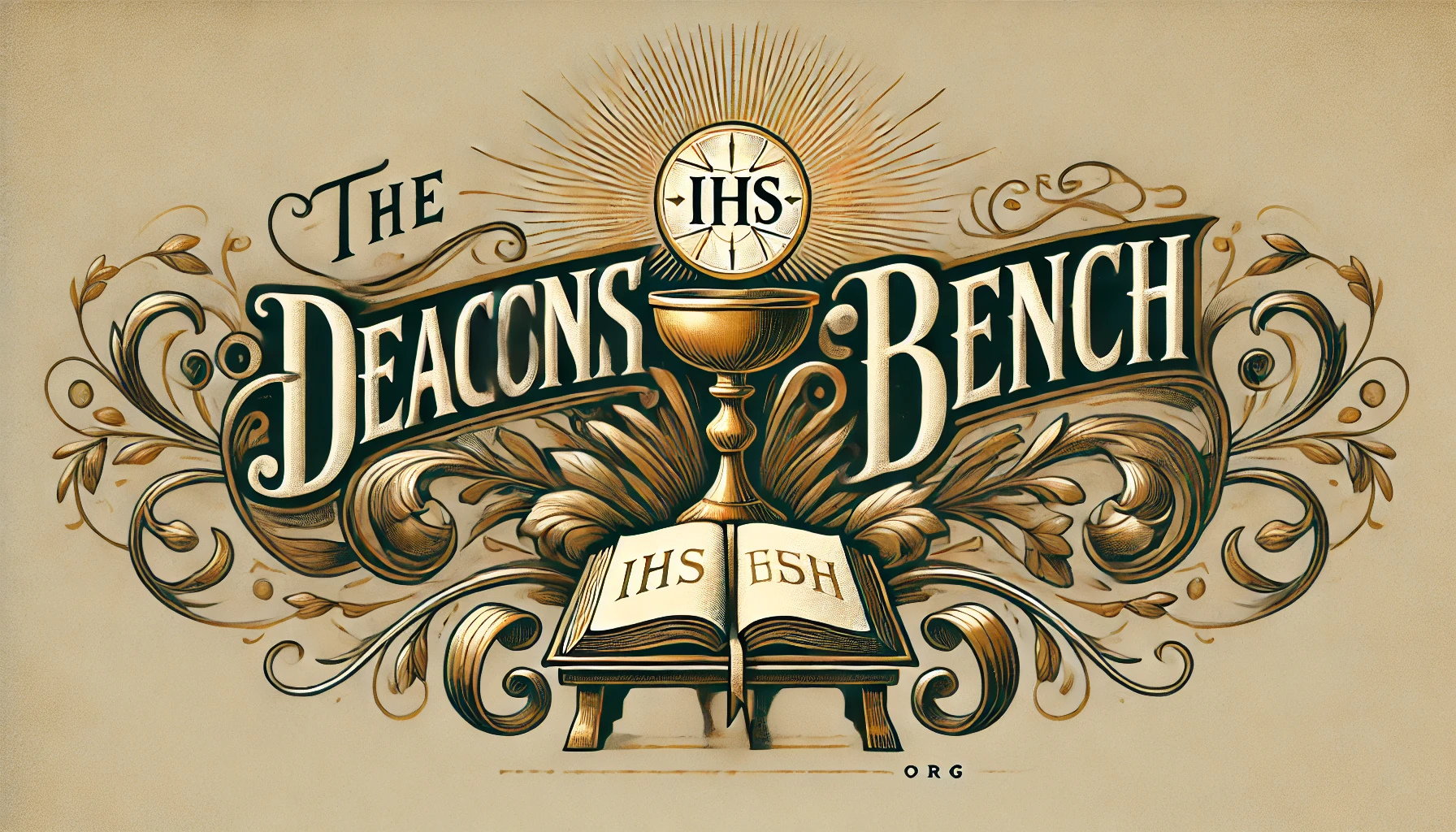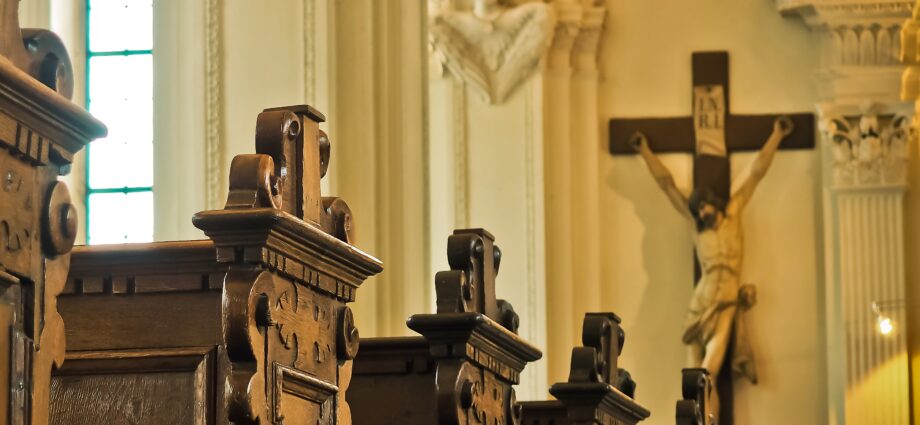On this day, we celebrate the Feast of the Exaltation of the Holy Cross. Sometime around the 4th century, the mother of Emperor Constantine went to Jerusalem to find the holy places from Christs’ life. Legend had it that the temple of Aphrodite had been built directly over the tomb of our Savior. Saint Helena dismantled the temple, and under it, they found three crosses. One of those crosses touched a dying woman and immediately healed her.
They took this cross, which they now believed the cross on which Jesus died, and they placed it along with the placard that Pilate had hung on the cross. We see this with the words INRI in artwork and on crucifixes. It’s the letters for the Latin words “Jesus of Nazareth, King of the Jews.” A 4th-century eye witness wrote that “all the people pass through one by one; all of them bow down, touching the cross and the inscription, first with their foreheads, then with their eyes; and, after kissing the cross, they move on.”
Some people say it’s odd for us to walk up and reverence the cross. Why would we pay reverence to the instrument, when it is the Savior that we are worshipping? The first reading from the book of Numbers gives us a bit of understanding.
The people are complaining about how unhappy they are and have already begun to forget the miracles God has worked to get them there. Like most of us, good moments fade pretty quickly, but bad ones stick and hold on in our minds. Serpents began to swarm the people, and they begged Moses to ask God to save them. God tells him to make a bronze serpent and raise it on a pole. God then healed those who looked at the seraph from the poison.
Many people would say well, isn’t that idolatry? Didn’t God command never to make images? God here commands Moses to create the figure of a snake. In their teachings, the early rabbis wrote the following: “Does a snake kill or bring to life? Rather, when the people looked up and gave their hearts to their Heavenly Father, they were healed (Mishnah Rosh Hashanah 3:8).”
The Catholic church has always understood statues and images to do just that. It is a way of redirecting the mind toward heavenly things. We do not worship statues, nor do we worship Saints; only God alone do we worship. As soon as an image or symbol becomes the object of worship, it has lost its value. It has become an idol. That is why King Hezekiah destroyed the bronze serpent in the 8th century BCE. People had begun to worship it instead of allowing it to remind them of God’s providence.
In the Gospel, Jesus tells Nicodemus that He must be lifted up so that everyone who believes will have eternal life. What can we learn about Jesus by looking at the first reading, then? When I look at the old testament, I try to see the enemies as sin. The Scriptures say the wages of sin are death. So, in this case, snakes can easily represent sin in our lives. When we fall into sin, it begins to wound us and harm our relationship with God. Like a poison, it weakens our free will and slowly draws us into death. With that in mind, the scriptures are showing us that we must keep our eyes on Jesus. By being lifted on the cross, Jesus has provided for us a way to live, to draw the poison out of us, and provide us with eternal life.
That’s why that famous verse following in John 3:16 says that everyone who believes might have eternal life. Jesus came not to condemn us but to save all who would choose to look up and follow Him. That’s what this feast is all about. As Catholics, we walk forward to look at the cross, to bring into our minds what our hearts should be doing. It is the cross that lifted with Jesus Christ upon it, and it is Christ whose presence changed the image from one of pain and death to one of salvation and freedom.
In some way, when we touch that small replica of the cross, we are in our hearts and minds standing at the foot of the cross on Calvary. No wonder that we kneel when we say those words: “We adore you, O Christ, and we bless you, because by your Cross you have redeemed the world.”
A reflection on the readings for the Feast of the Exaltation of the Holy Cross: September 14th, 2020

